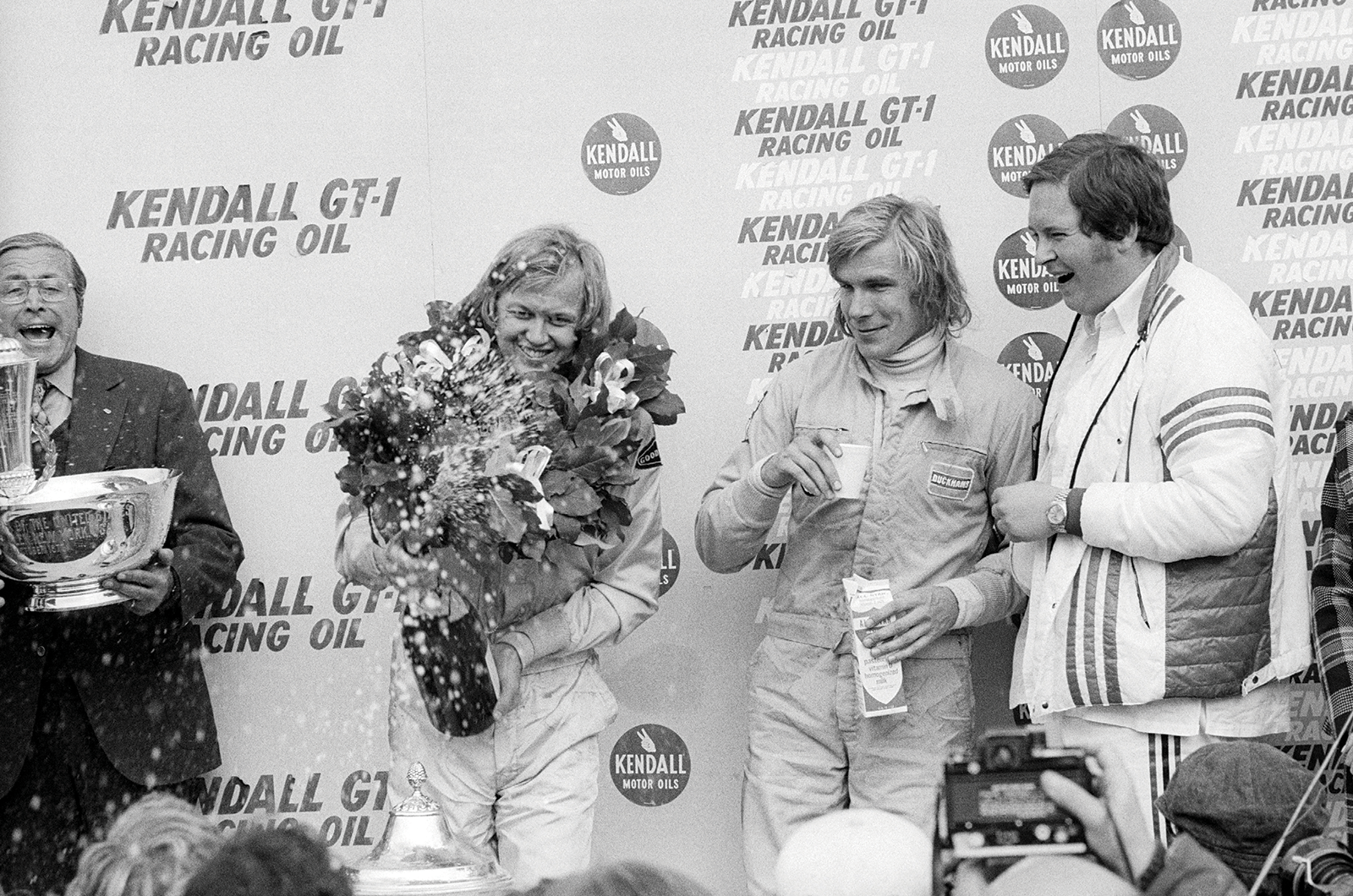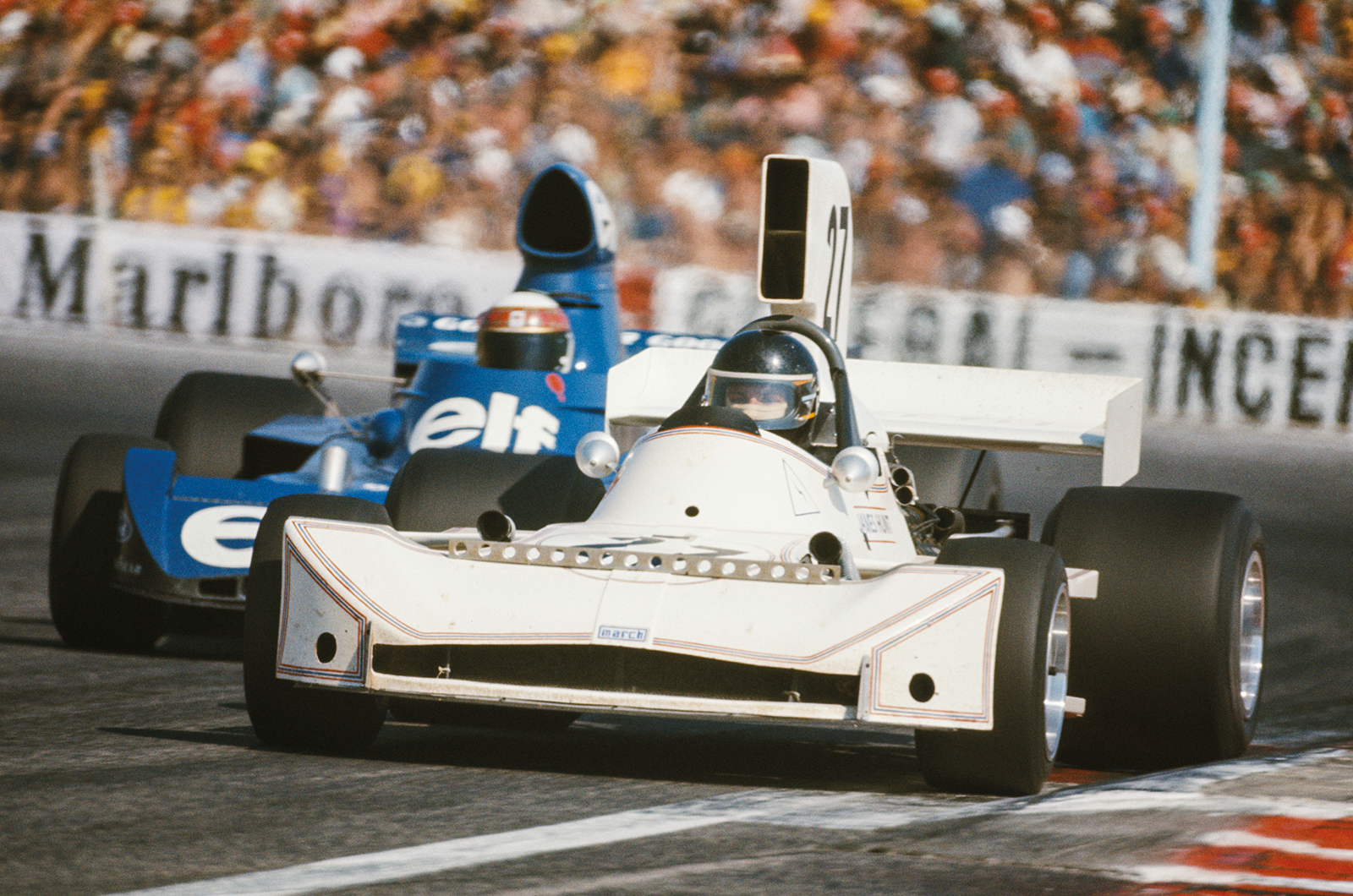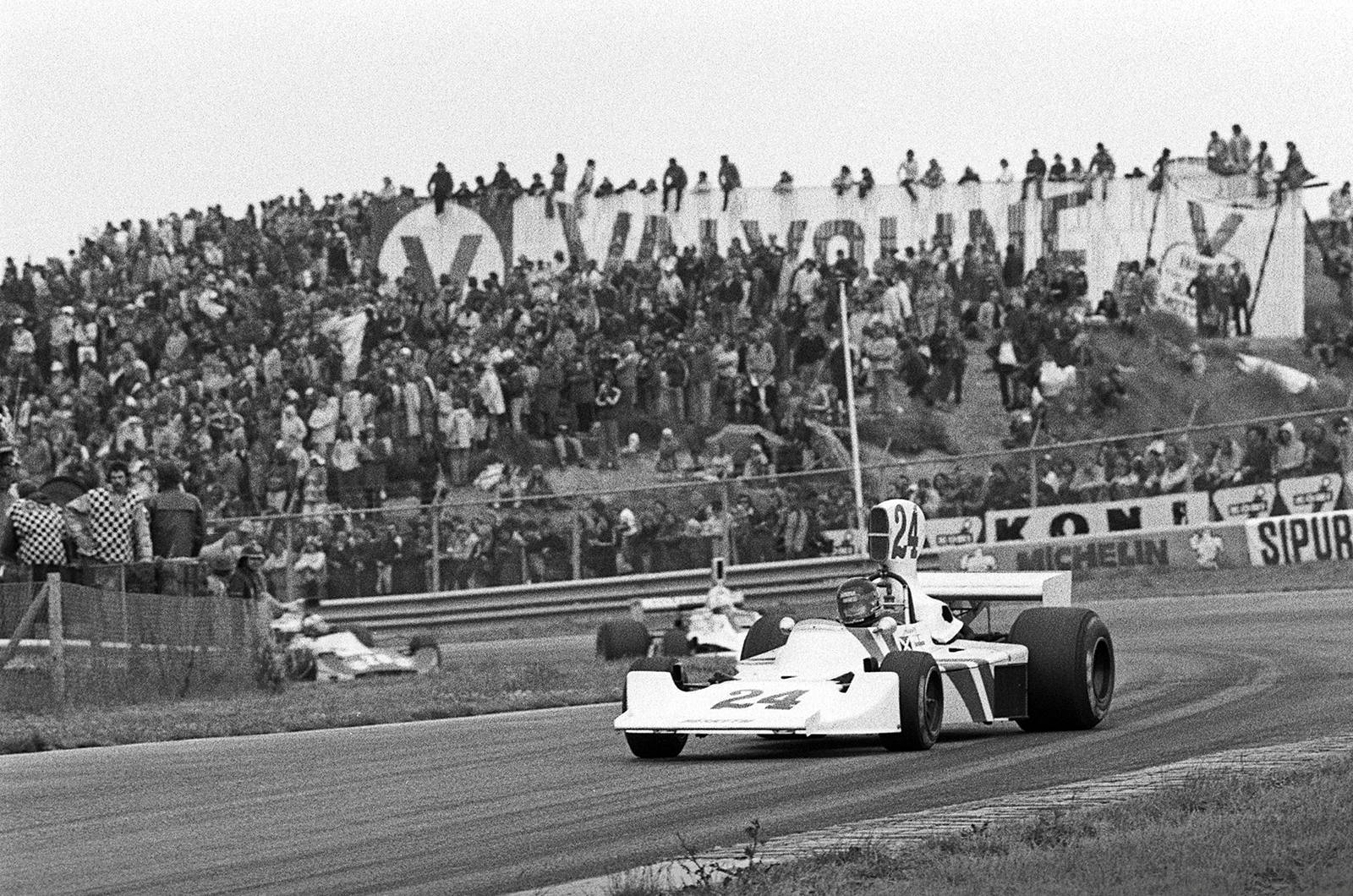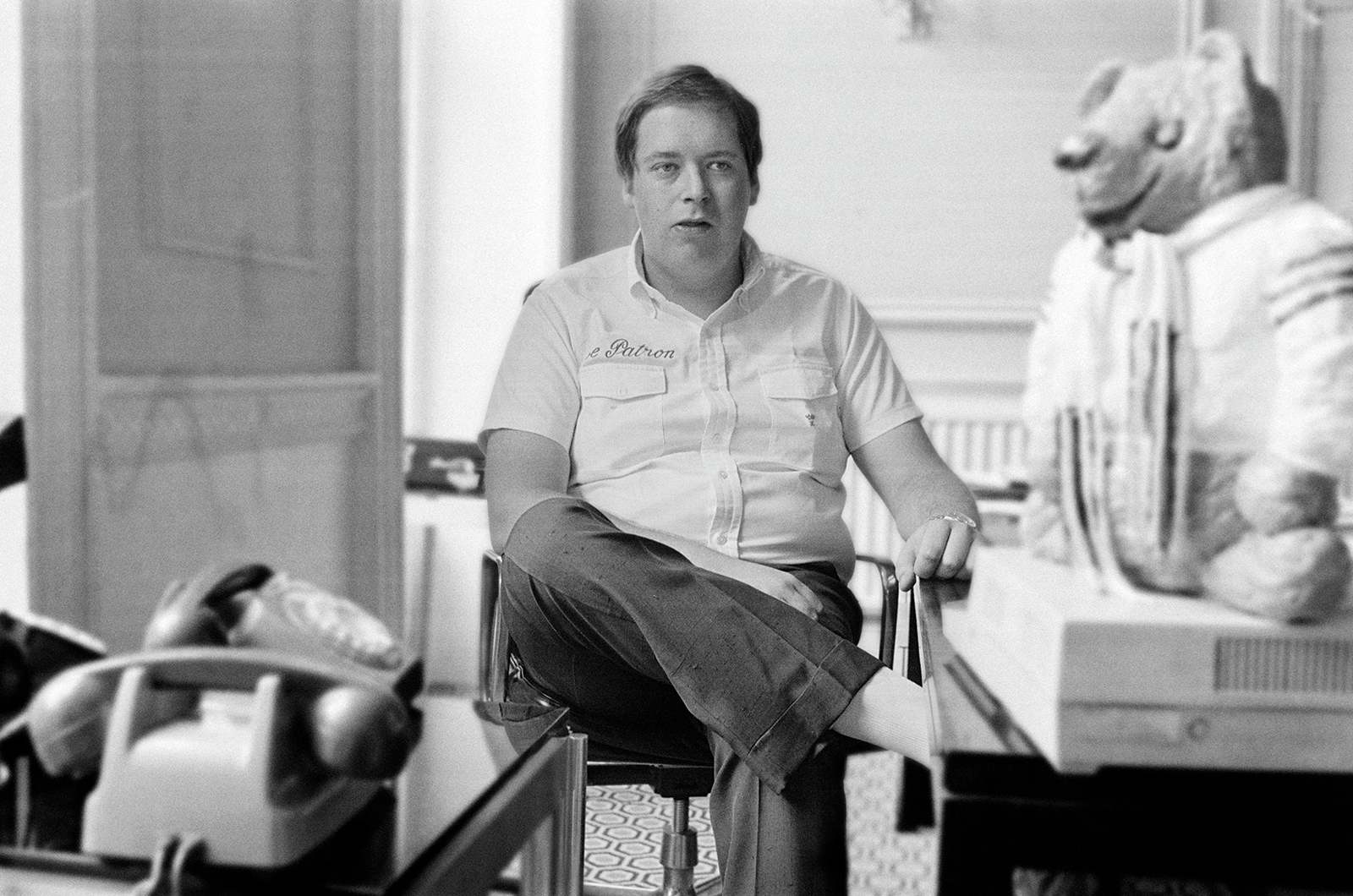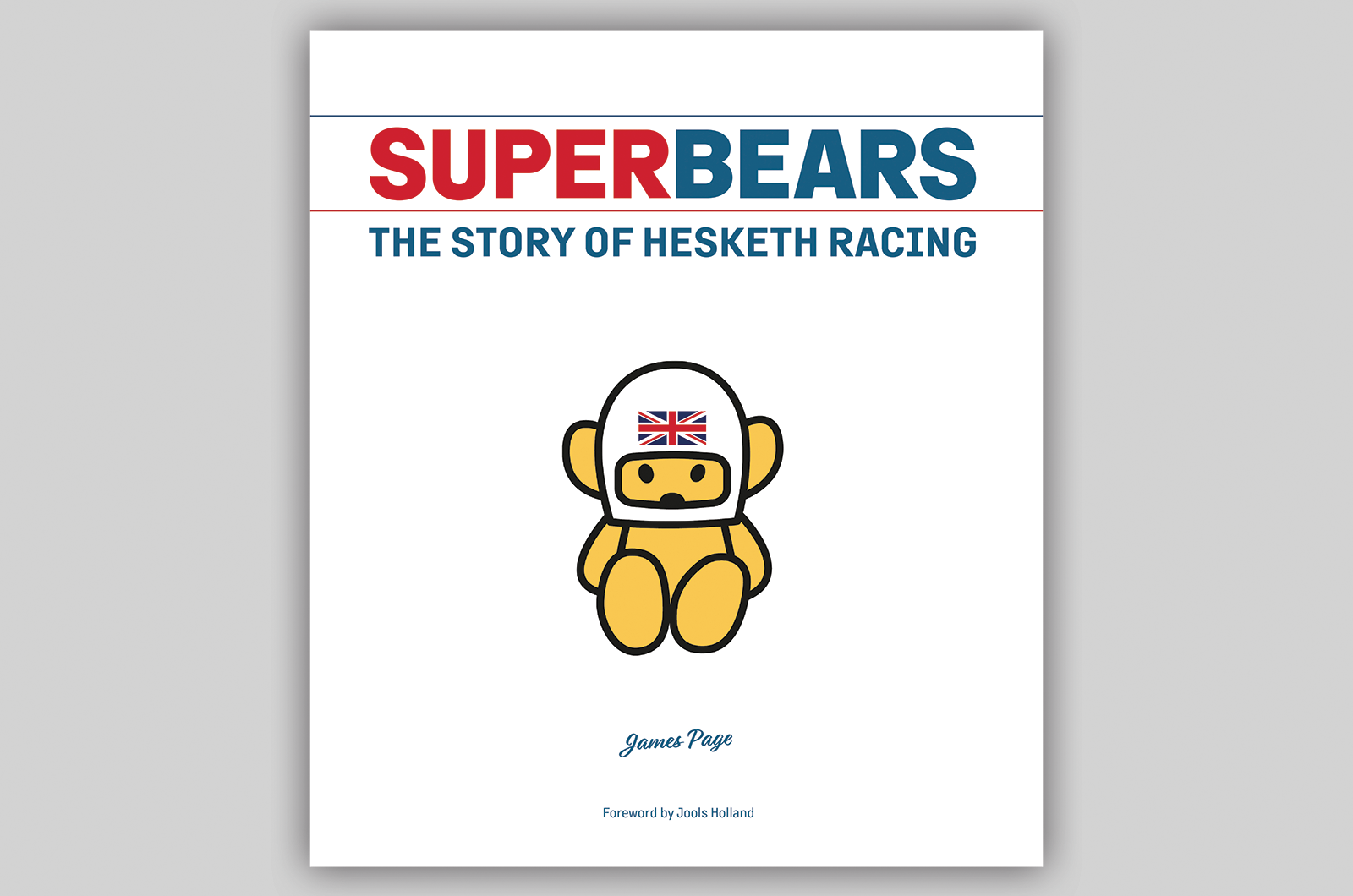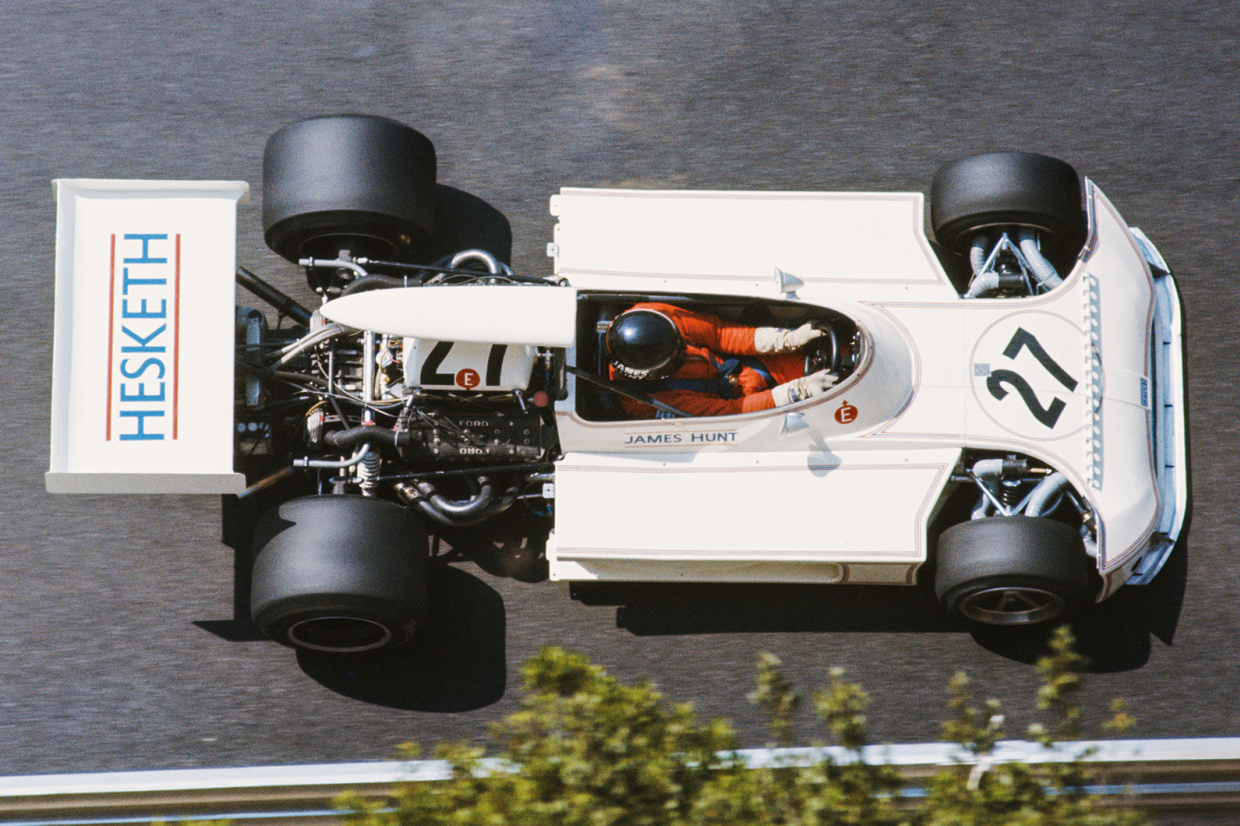
The New Year celebrations had barely faded when the great and the good of the Formula One Constructors’ Association gathered at Olympia in London.
They were there to give their side of the story in a dispute with race organisers, who had recently formed their own ‘union’ – Grand Prix International.
With less than a month to go before the start of the 1973 World Championship, battle lines had been drawn and it all boiled down to one thing: money.
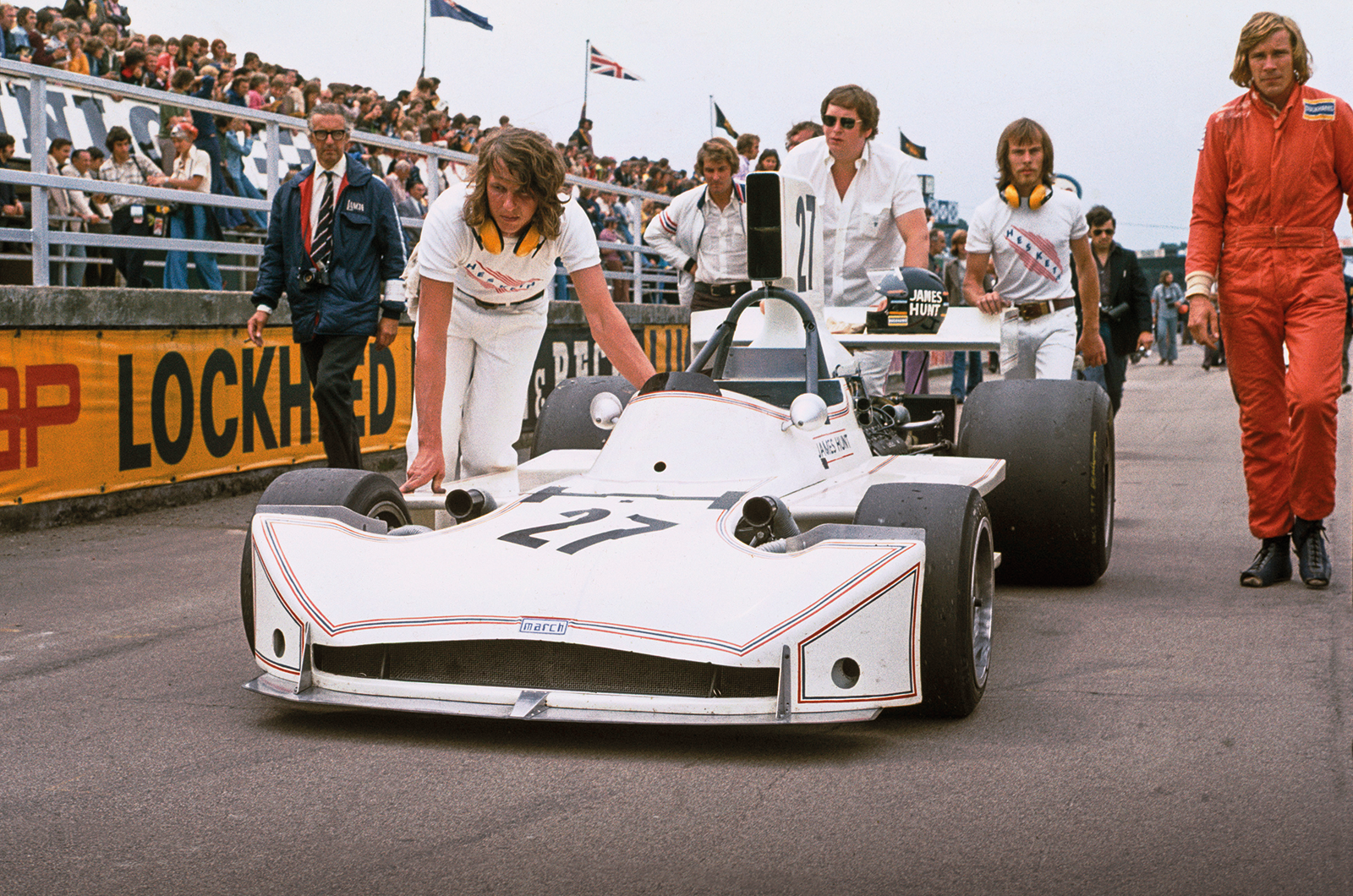
Harvey Postlethwaite (hands on hips), Lord Hesketh (in sunglasses) and James Hunt (right) with the March 731 on the Silverstone grid © Motorsport Images
The Constructors’ Association included all of the top teams and, in effect, offered the organisers a ‘package deal’: we’ll come to your race if you pay us a certain amount.
If you don’t, you get none of us.
With costs going up, it said its members needed much more start and prize money to survive, and Grand Prix International said it couldn’t afford it.
Its argument was that much-needed improvements to both safety and spectator facilities at its circuits simply didn’t leave enough in the pot.
Over the winter of 1972-’73, it seemed that the situation had reached an impasse.

